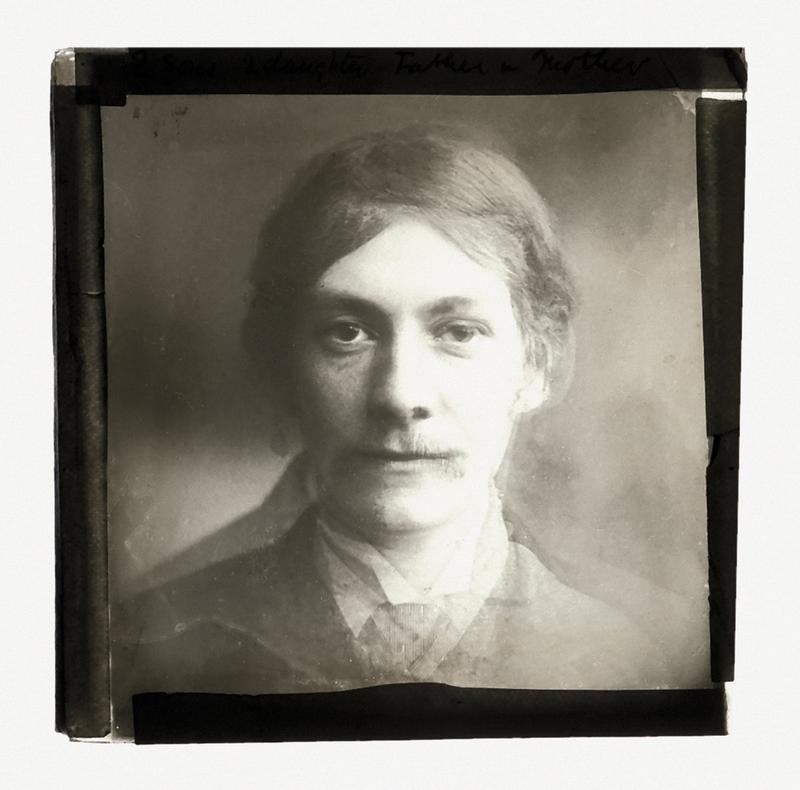A novel form of portraiture that gained enormous popularity around 1880 was known as ‘typological photography’ or ‘composite photography’, which has survived until the present day in various new forms. Composite photography is particularly interesting from the perspective of photographic history as well as in the context of the history of science; not only does it fit into the broad context of social Darwinism and coincide with the emergence of statistics as a social science procedure, but also openly exposes the ideological content of those phenomena. The key figure behind composite photography’s birth and survival is Francis Galton, whose work encompassed a wide range of scientific disciplines, from climate research and statistics to eugenics, considered today as a highly controversial aspect of his heritage.

Francis Galton, photographie composite d’une famille : deux fils, deux filles, père et mère, 1882, portrait composite sur plaque de verre. Londres, courtoisie University College London, Library Services, Special Collections.
Bernd Stiegler is a professor of modern German literature at the University of Konstanz. He specialises in the 20th century in the context of media history. His research centres on the history and theory of photography and on German and French literature in the 19th and 20th centuries. His recent publications in French include Images de la photographie. Un album de métaphores photographiques (2015); Autour de ma chambre. Petite histoire du voyage immobile (2016) and L’Homme-montage. Une figure de la modernité (2019).
Keywords: composite photography, eugenics, racism, portrait photography, anthropology, social Darwinism
Citation: Bernd Stiegler, « Francis Galton et la photographie composite », Transbordeur. Photographie histoire société, no. 7, 2023, pp. 18-27.